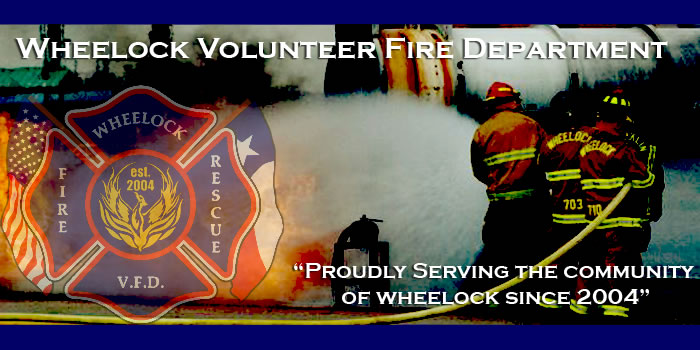Public Safety Information
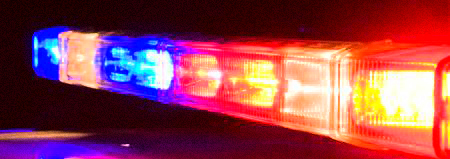
Below you will find some helpful information, about 911, approaching emergency vehicles (stopped or driving), having a home fire escape plan, and many other things. You can also visit the following pages for more information, and our links page for even more.
General Safety Tips
Outdoor Burning Information
STATE OF TEXAS LAW REGARDING DRIVING WHILE
APPROACHING EMERGENCY VEHICLES
Slow Down or Change Lanes for Stopped Emergency Vehicles
SB 193 implements requirements for motorist
approaching stopped emergency vehicles.
SB 193 requires drivers nearing stopped emergency vehicles-with lights activated -to either slow down or change lanes.
The law states a driver must either vacate the lane closest to the stopped emergency vehicle if the road has multiple lanes traveling in the same direction or slow down 20 miles per hour below the speed limit. (If the speed limit is below 25 mph the driver must slow down to 5 mph.)
Emergency vehicles include police, emergency medical service and fire vehicles.
A violation is punishable by a maximum fine of $200. If the violation results in property damage, the maximum fine increases to $500. If the violation results in bodily injury, the offense is enhanced to a Class B misdemeanor.
The new law was passed in the last regular session of the Texas Legislature and went into effect Sept. 1, 2003.
Information About 911:
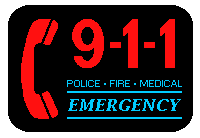
What is 911?
9-1-1 is the three-digit telephone number to call 24 hours a day for police, fire, or medical help.
How 9-1-1 works:
When you call 9-1-1, a dispatcher will need information about the emergency. The dispatcher will ask "What is the location?" and " What is happening?" and other questions about the emergency. Answer the best you can and stay calm and speak clearly. Quick response depends on the vital information you provide. If you have a medical emergency, first aid or CPR instructions will be given over the telephone until help arrives
When to call 9-1-1:
- When police, fire or medical response in needed.
- When you see fire or smoke
- When life and/or property are in danger
- When a crime is being committed
- When an ambulance is necessary
NOTE: Prank calling 911, or calling for any non-emergency reason, may result in someone who really needs help not getting it. And can result in serious fine or even jail time.
Plan a home fire escape plan
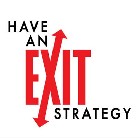
Where & when do most home fires start?
Most home fires start between the hours of midnight and 6:00 am...just when you are asleep - and least prepared! Most home fires start in the living room, followed by (2) kitchen, (3) basement, (4)bedrooms, and (5) other rooms.
Fire Escape Planning
Draw a floor plan of your ground or upper floor bedrooms, with two escape routes from each room, including doors and windows
Family Instructions - meet and practice drills.
- Always sleep with bedroom or hall doors closed. It can keep fire out long enough to allow escape through your emergency escape route.
- Make sure a smoke detector is installed and working properly in the hallway outside bedrooms. Smoke detectors are also recommended inside bedrooms where the door is kept closed at night. This is to protect your family should a fire start inside a closed bedroom.
- Don't waste time getting dressed or collecting valuables. Precious seconds can count in a fire.
- Test the door before opening; intense heat and deadly smoke can be on the other side.
- Determine an outside meeting place to quickly check if everyone is safe. Once out...STAY OUT!
- Use a neighbor's phone to dial 9-1-1.
Fire Extinguishers
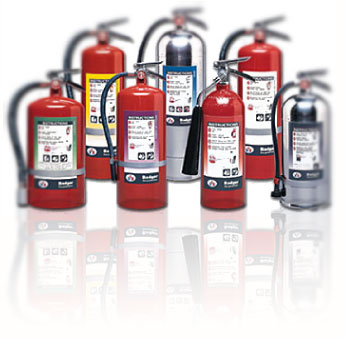
Having the proper fire extinguisher, knowing how to use it (and when not to use it) is extremely important in protecting your home and family.
Types of Fire Extinguishers - Easy as A-B-C!
All fire extinguishers are marked with codes which indicated which type of fire they are designed to extinguish:
Type A - for wood, paper, cloth and other ordinary combustibles
Type B - for oil, grease, flammable liquids and combustible gases
Type C - for energized electrical and electronic equipment
On the extinguisher, you will also find a number before the letter indicating the type. This number indicates the size of the fire that the extinguisher will be effective in putting out. For instance, a 10B:C rated extinguisher can be used on a gas, liquid or electrical fire roughly twice the size of a 5B:C extinguisher.
An all-purpose fire extinguisher with a rating of 2A:10B:C is recommended for use in most households.
Keep them Close
Place extinguishers in areas of potential fire hazards, but far enough so that they can be retrieved in the event of a fire. For instance, never store them on or near stoves, furnaces, or equipment which couldn't be approached in case it caught fire.
